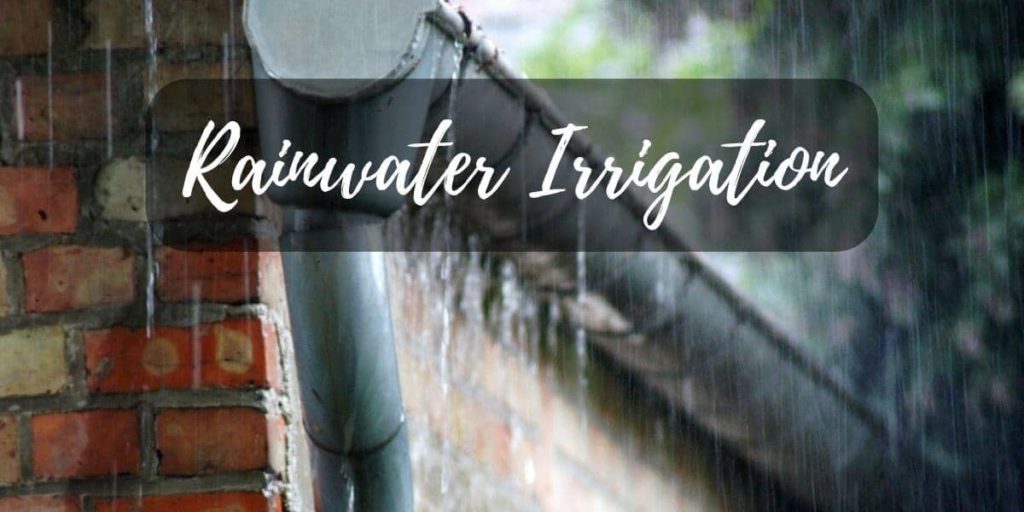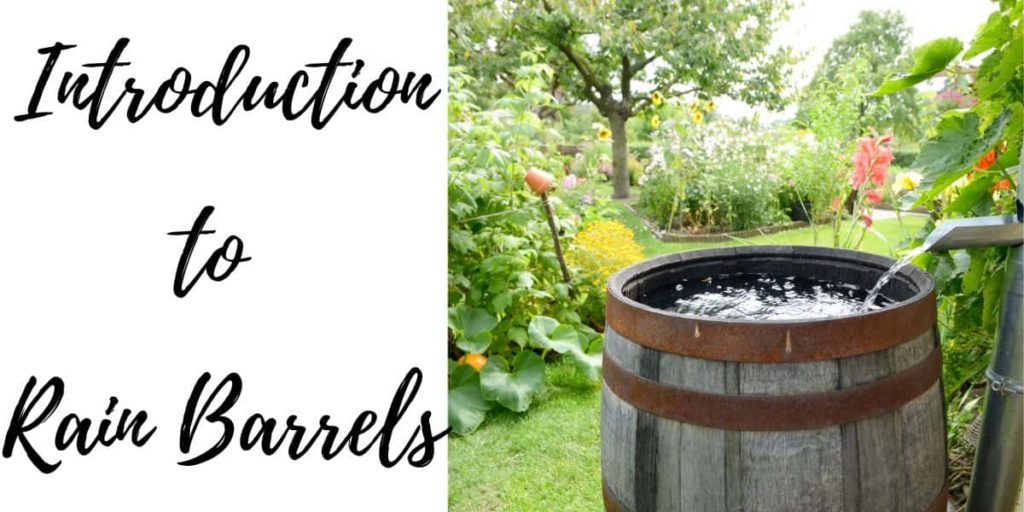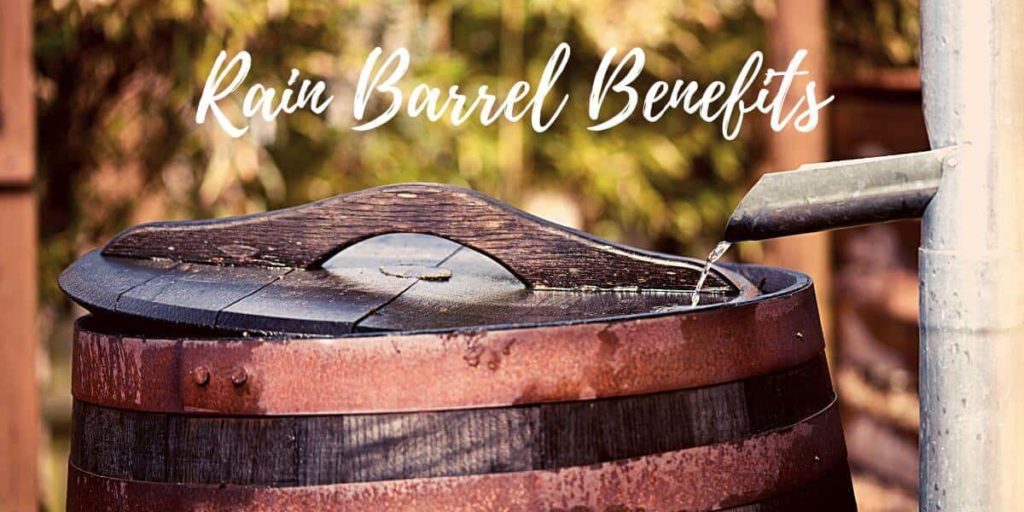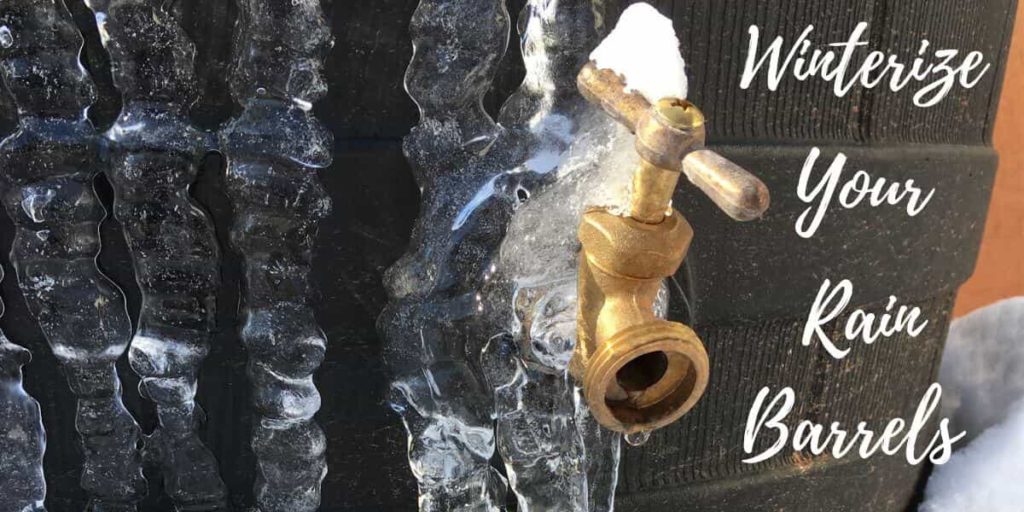If you’ve decided to install a rain barrel to collect rainwater for your garden, then you’re taking a great step towards sustainable and eco-friendly gardening. But how do you make the most of your rain barrel? Can you use it effectively as an irrigation system?
In this post, we’ll guide you through the process of setting up your rain barrel for optimal irrigation, from choosing the right location to connecting it to your plants.
We’ll also offer tips so you’ll be able to use your rain barrel to water your garden efficiently and effectively, without relying on tap water. So, let’s get started!
The Main Types Of Drip Irrigation Systems
There are several types of drip irrigation systems available, each with its own advantages and disadvantages. Here are some of the most common types:
- Point-source drip irrigation: This is the most basic type of drip irrigation system, where water is delivered directly to the roots of individual plants through a small emitter.
- In-line drip irrigation: In this system, the drippers are integrated into the tubing, making it more efficient and less prone to clogging.
- Micro-sprinkler irrigation: Instead of small emitters, this system uses tiny sprinklers that distribute water over a wider area.
- Sub-surface drip irrigation: This system is installed underground, with tubing that releases water directly into the soil. It’s great for conserving water and preventing evaporation.
- Multi-outlet drip irrigation: This system allows for multiple emitters to be connected to a single tubing, making it ideal for watering larger plants or areas.
- Adjustable drip irrigation: With adjustable drippers, you can control the amount of water delivered to each plant, which is great for plants with different water needs.
Each type of drip irrigation system has its own benefits and drawbacks, so it’s important to choose the right one for your specific needs and gardening goals.
Can You Use A Rain Barrel With An Irrigation System?
Yes, you can use the water collected in a rain barrel with any of the drip irrigation methods mentioned above. In fact, using rainwater for irrigation is an excellent way to conserve water and reduce your reliance on municipal water supplies.
However, it’s important to note that rainwater collected in a barrel may not be suitable for all plants, especially if it’s contaminated with debris, pollutants, or chemicals from your roof or gutters. You should also be aware of any local regulations or restrictions on the use of rainwater for irrigation in your area.
To ensure that the water from your rain barrel is safe for your plants, you can install a filter system that removes any debris or contaminants. Additionally, you may need to supplement the rainwater with additional nutrients or fertilizers to ensure that your plants are getting the nutrients they need.
How To Use A Rain Barrel For Drip Irrigation
To use a rain barrel with an irrigation system, you will need to connect the rain barrel to your irrigation system. Here are the steps to do this:
- Choose the right rain barrel: Choose a rain barrel that has a spigot or faucet near the bottom of the barrel, as this will allow you to easily connect with a drip irrigation system.
- Install a backflow preventer: Install a backflow preventer between the rain barrel and your irrigation system to prevent any contaminated water from flowing back into your water supply. Follow the manufacturer’s instructions for installing the backflow preventer.
- Install the drip irrigation system: There are many types of drip irrigation systems, but most involve running tubing from the rain barrel to your plants and using emitters to deliver a slow, steady flow of water directly to the roots. Follow the manufacturer’s instructions for installing your specific drip irrigation system.
- Connect the rain barrel to the irrigation system: Connect a hose from the spigot or faucet of the rain barrel to the input valve on your irrigation system. Make sure the connection is tight to prevent leaks.
- Place the emitters: Place the emitters near the base of your plants, making sure they are delivering water directly to the roots. Adjust the flow rate of the emitters as needed to ensure your plants are getting the right amount of water.
- Turn on the irrigation system: Turn on your irrigation system and adjust the flow rate as needed to ensure your plants are getting the right amount of water.
- Monitor the system: Check your rain barrel and irrigation system regularly to make sure everything is functioning properly. Empty and clean the rain barrel periodically to prevent debris and algae buildup.
Using a rain barrel with an irrigation system can help you save water and money while keeping your plants healthy and hydrated.
Can A Rain Barrel Power A Sprinkler?
A rain barrel cannot power a sprinkler on its own. A sprinkler typically requires a high flow rate and pressure that a rain barrel cannot provide.
Rain barrels are generally designed to provide a slow, steady flow of water for drip irrigation or hand watering. If you want to use a sprinkler, you will need to connect your rain barrel to a pump that can increase the flow rate and pressure of the water.
To use a rain barrel to power a sprinkler, taking these steps can help.
Option 1 – Using a jet pump with rain barrels
A jet pump can be used with rain barrels to increase the water flow rate and pressure, allowing you to power a sprinkler or other irrigation system. Here are the steps to use a jet pump with rain barrels:
- Choose the right rain barrel: Choose a rain barrel that is large enough to hold enough water for your needs and has a spigot or faucet near the bottom of the barrel.
- Choose the right jet pump: Choose a jet pump that is designed for use with rain barrels and can provide enough flow rate and pressure to power your sprinkler. Follow the manufacturer’s instructions for installing and using the pump.
- Connect the jet pump to the rain barrel: Connect a hose from the spigot or faucet on the rain barrel to the input valve on the jet pump. Make sure the connection is tight to prevent leaks.
- Connect the jet pump to your irrigation system: Connect a hose from the output valve on the jet pump to your irrigation system, such as a sprinkler. Make sure the connection is tight to prevent leaks.
- Turn on the jet pump and irrigation system: Turn on the jet pump and adjust the flow rate and pressure as needed to ensure your irrigation system is functioning properly.
Using a jet pump with rain barrels can be an effective way to increase water pressure and flow rate for your irrigation system. However, it’s important to note that jet pumps can be noisy and may require more maintenance than other types of pumps. Additionally, you should always follow the manufacturer’s instructions for installing and using the pump to ensure safe and effective operation.
Option 2 – Using a submersible pump
A quicker option is to use a submersible pump with a rain barrel to power a sprinkler. A submersible pump can be a good option for rain barrels because it can be placed directly in the water and does not require any priming.
Choose a submersible pump that is designed for use with rain barrels and can provide enough flow rate and pressure to power your sprinkler. Follow the manufacturer’s instructions for installing and using the pump.
Place the submersible pump in the bottom of the rain barrel, making sure it is completely submerged in the water.
Connect a hose from the output valve on the pump to the sprinkler. Make sure the connection is tight to prevent leaks.
Turn on the pump and adjust the flow rate and pressure as needed to ensure your sprinkler is functioning properly.
It’s important to note that submersible pumps can be more expensive than other types of pumps, so make sure to choose one that fits your budget and needs. Additionally, you should always follow the manufacturer’s instructions for installing and using the pump to ensure safe and effective operation.
Using a rain barrel with a pump can be a great way to save water and money while keeping your lawn and garden hydrated with a sprinkler system.
Conclusions:
In conclusion, using rain barrels with irrigation systems is a great way to conserve water, reduce your water bill, and promote healthier plant growth. By collecting and storing rainwater, you can provide your plants with a free and natural source of water that is free of harmful chemicals and minerals found in tap water.
Using a drip irrigation system with rain barrels can be an effective way to deliver water directly to the roots of your plants while using a pump to increase water pressure can allow you to power a sprinkler or other irrigation system. Overall, incorporating rain barrels into your irrigation system can be a simple and cost-effective way to reduce your environmental impact and promote a sustainable garden or lawn.



